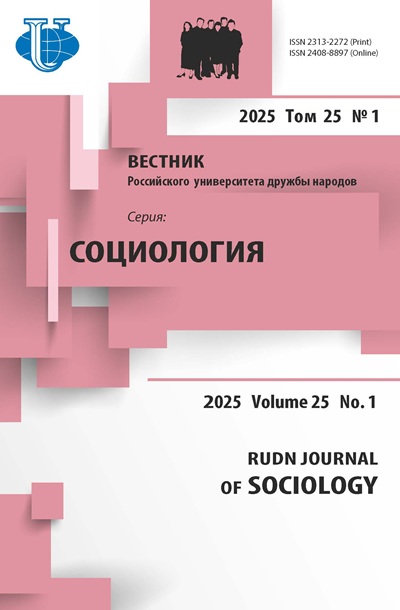Abstract
The article outlines the key stages in the development of modern theory of migration following the historical sequence and continuity of its basic conceptual constructs’ formation. Although the author refers to the twentieth century as a chronological framework of the text, the narrative begins from the works of E. Ravenstein published at the end of the XIX century, for they laid the foundation for future theoretical studies on migration issues. In particular, many well-known scientists still use concepts “laws of migration” and “attracting and push factors of migration” proposed by Ravenstein claiming their timeless validity or, on the contrary, criticizing them for the loss of relevance in the new social and cultural realities. The author considers as milestones of the modern theory of migration the works of the representatives of Chicago school of sociology that enriched the conceptual apparatus of the analysis of migration processes and the typology of driving causes of migration; the works of S. Stouffer, G. Zipf, E. Lee and W. Lewis, W. Zelinsky and D. Massey. Finally, the article summarizes the objective trends in today’s global development that force scientists to introduce new accents in the study of migration processes, although upon closer inspection it turns out that all “new” ideas had already been formulated in early migration studies and just got a new sound in another historical period.













